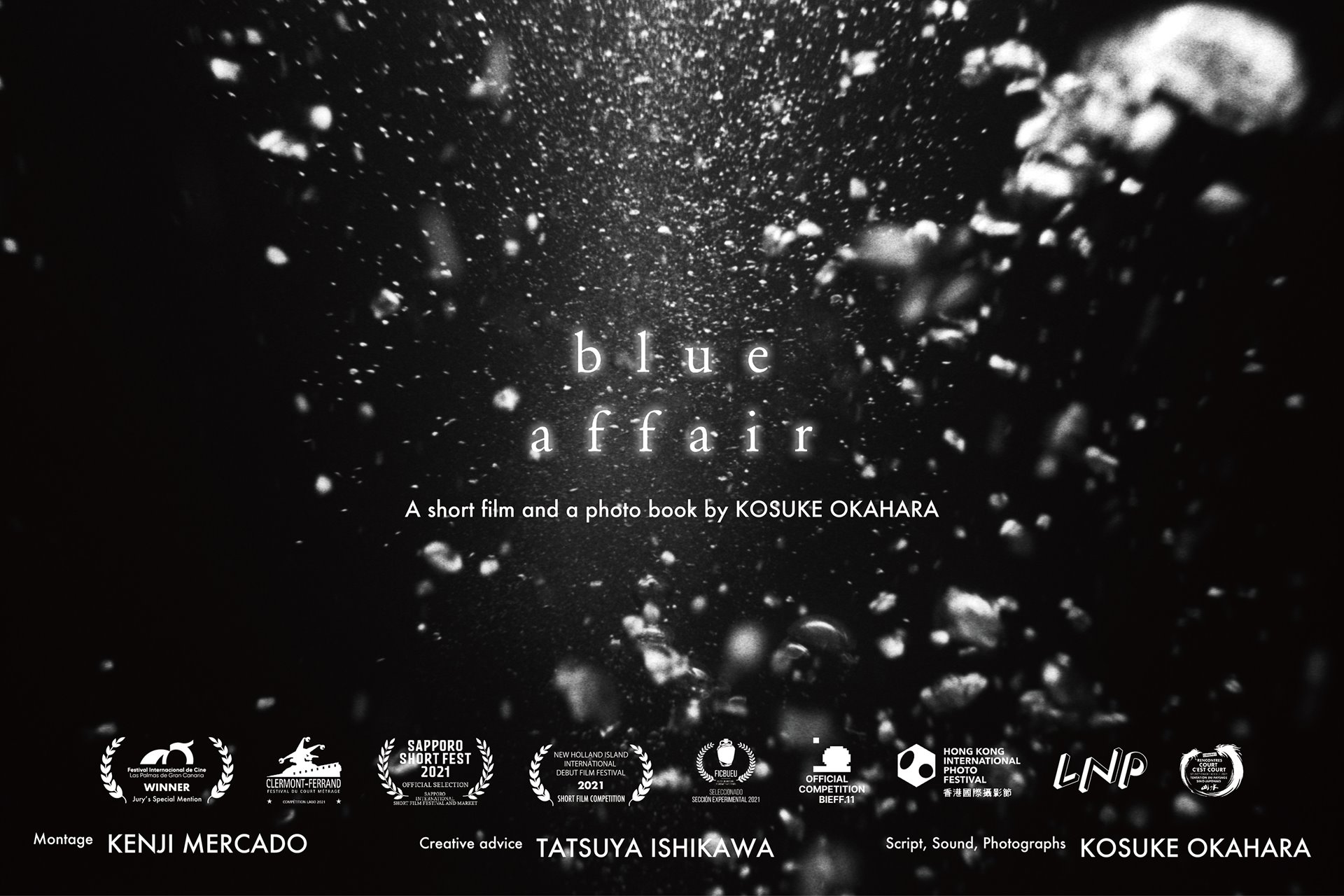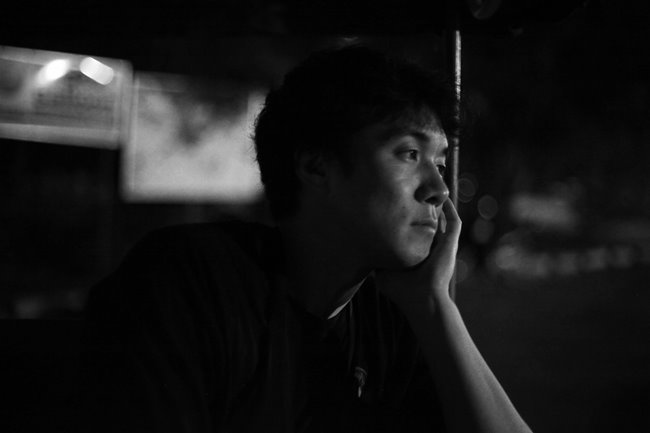Blue Affair is a contemplative experimental documentary film based on the photographer’s experiences of visiting Koza (officially Okinawa City), Japan, and how places and people revisit him in recurring dreams. The documentary is based on these dreams, and is composed of still images taken by Okahara in Koza over the course of three years, and narrated by the photographer.
The photographer visited Koza entirely by chance and decided to photograph the town and its people without a story in mind, revisiting the town several times over three years. Before taking these pictures in Koza, the photographer had never tried “just to photograph“ before. Rather than projecting a narrative onto the project, the photographer let their coincidental visit to the city, and its inhabitants, guide the project. The video explores how memories infiltrate dreams, and asks us to reconsider the relationship between dreams and lived reality.
Keep in touch - Sign up for our newsletter for inspiring examples of the best photojournalism and documentary photography.

Blue Affair
Kosuke Okahara
Jury comment
This intuitive project is a window through which we are able to see someone’s personal dreams and reflections on their relationship to a city that is situated in a particular time and historical context. By looking at the fringe lived experiences in a complex urban locale, the viewer is engaged with a mental image of a city in a playful, accessible way. It is a well-made conceptual work – rooted in well-paced, flowing, visual imagery – that is psychological and looks at a microcosm in immense detail. In addition to the strong combination of methods – still images, soundscape, and poetic narration– the work is process-oriented and is a great example of how we can use still images to create a moving piece.
